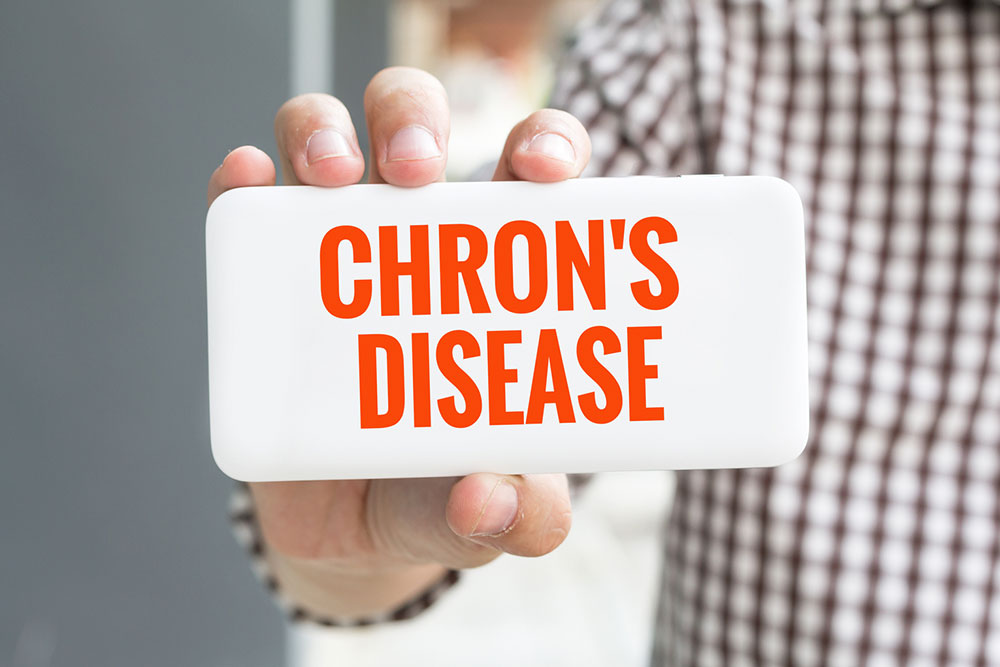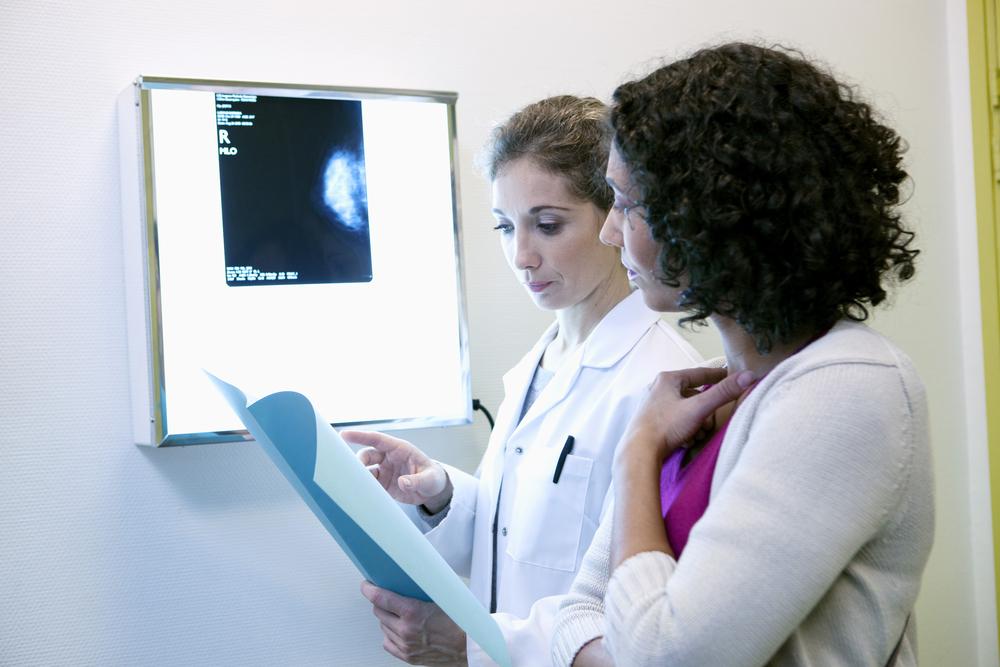Comprehensive Guide to Identifying the Signs and Symptoms of Crohn’s Disease
Crohn’s disease is a complex inflammatory bowel condition with a wide range of symptoms depending on which part of the gastrointestinal tract is affected. Recognizing early signs like diarrhea, abdominal pain, and weight loss is vital for timely diagnosis and treatment. Advanced stages involve severe pain, ulcers, and systemic symptoms requiring urgent care. This comprehensive guide highlights the key features of Crohn’s disease, location-specific symptoms, and the importance of early detection to prevent complications. Proper awareness and medical intervention can improve patient outcomes significantly.

Comprehensive Guide to Identifying the Signs and Symptoms of Crohn’s Disease
Crohn’s disease is a chronic and often debilitating inflammatory condition that primarily affects the gastrointestinal (GI) tract. With an estimated 700,000 people diagnosed annually, this disease represents a significant health concern worldwide. Despite ongoing research, the precise cause of Crohn’s remains unknown, and there is presently no definitive cure. However, early detection and management can improve quality of life and help prevent serious complications.
Crohn’s disease is classified under the category of inflammatory bowel diseases (IBD). Its hallmark feature is inflammation that can occur anywhere along the GI tract— from the mouth to the anus— leading to diverse symptoms that vary greatly among patients. Some individuals experience mild, manageable discomfort, while others face severe, potentially life-threatening health issues. Recognizing the specific and common signs of Crohn’s is critical for timely diagnosis and effective treatment.
Early Warning Signs and Symptoms of Crohn’s Disease
The initial symptoms of Crohn’s disease tend to develop gradually, often progressing over weeks or months. Being aware of these early indicators can prompt individuals to seek medical attention sooner, potentially minimizing long-term complications. Early signs commonly include persistent diarrhea, which may be accompanied by abdominal cramping and pain. This pain often develops an hour after eating and might radiate to the lower right abdomen, resembling appendicitis in some cases. Many individuals report that activities such as jogging or exertion exacerbate these symptoms, indicating inflammation and sensitivity in the affected area.
Additionally, early symptoms encompass swelling or tenderness in the lower right abdomen, pronounced cramps, low-grade fever, fatigue, and a noticeable loss of appetite. Many people also experience unintended weight loss, increased frequency of bowel movements, and episodes of constipation. Recognizing these initial signs can be vital for early diagnosis. At this stage, the disease may be mistaken for other gastrointestinal conditions, making awareness and vigilant observation crucial.
Progression of Crohn’s Disease and Its Advanced Signs
If left untreated, Crohn’s disease symptoms tend to worsen, leading to more severe health problems. Mild cases can escalate to complicated conditions such as perianal fistulas, which cause abnormal connections and lead to pain, swelling, and drainage near the anal region. Ulcers might develop from the mouth down to the anus, resulting in pain, bleeding, and discomfort. Other systemic issues include inflammation of joints and skin, along with persistent fevers that do not respond to usual treatment.
In advanced stages, symptoms become more acute, including severe diarrhea that may contain blood, intense abdominal pain requiring urgent medical care, nausea, and vomiting. Patients often experience notable weight loss, anemia due to blood loss or malnutrition, and may develop intestinal obstructions that cause bowel blockages. High fever, persistent fatigue, and general weakness are also common in these phases, indicating severe disease activity that demands immediate attention.
Type-Specific Manifestations of Crohn’s Disease Based on Location
Crohn’s disease symptoms often depend on the specific part of the GI tract affected. Accurate identification of the lesion site aids in proper diagnosis and tailored treatment strategies.
Colonic Crohn’s Disease Symptoms
When Crohn’s affects the colon, symptoms can vary based on the particular region involved. If the right side of the colon is inflamed, patients may experience abdominal cramps and discomfort. Left-sided colonic disease frequently leads to visible blood in stools and altered bowel habits, such as diarrhea or constipation. Rectal involvement is often associated with persistent rectal bleeding, painful bowel movements, and a sense of urgency to defecate. These manifestations are sometimes mistaken for other conditions like ulcerative colitis, but subtle differences aid in accurate diagnosis.
Small Intestine Involvement
Crohn’s disease affecting the small intestine typically causes symptoms such as significant weight loss, chronic diarrhea, cramping abdominal pain, and episodes of severe constipation in some cases. Reduced absorption of nutrients due to inflammation often results in deficiencies, which contribute to fatigue, anemia, and delayed growth in younger individuals.
Gastrointestinal Manifestations in the Stomach and Duodenum
When Crohn’s disease involves the stomach, especially the duodenum, patients may be asymptomatic or experience upper abdominal discomfort after eating. Nausea, vomiting, and a feeling of fullness or bloating are common. Over time, scarring can lead to narrowing of the stomach outlet (pyloric stenosis), which worsens symptoms such as nausea, vomiting, and bloating, further impairing nutrition and quality of life.
Symptoms in the Mouth, Esophagus, and Appendix
Crohn’s disease can also affect regions outside the GI tract proper. Mouth sores, often painful and ulcerative, are characteristic of oral Crohn’s. Esophageal involvement causes severe pain during swallowing (odynophagia) and difficulty swallowing (dysphagia). Appendiceal Crohn’s presents with symptoms similar to appendicitis, including acute right lower quadrant pain, fever, and nausea, requiring differential diagnosis to avoid unnecessary surgery.
Simultaneous Crohn’s Manifestations in Multiple Sites
Crohn’s can affect multiple regions simultaneously, such as the ileum and colon, leading to overlapping symptoms like abdominal pain, diarrhea, and weight loss. Recognizing these combined presentations can help doctors develop comprehensive treatment plans and improve patient outcomes.
Overall, understanding the diverse and location-specific symptoms of Crohn’s disease plays a crucial role in early detection, accurate diagnosis, and effective management. If you or a loved one experience persistent gastrointestinal symptoms, consulting a healthcare professional promptly can make a significant difference in controlling the disease and maintaining a healthy life.





